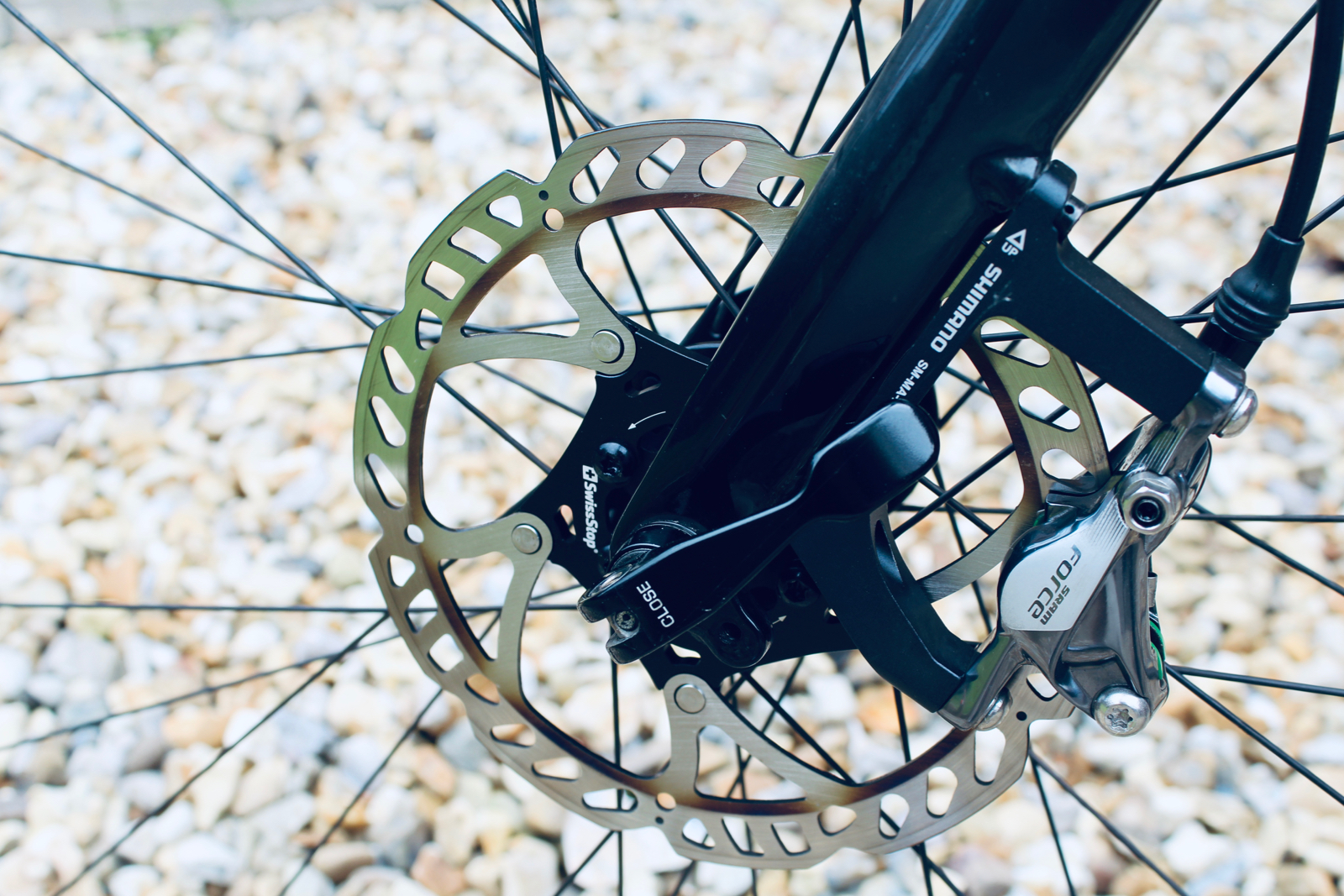Wet or Dry? Ceramic or Hydrodynamic? What Is the Best Bicycle Chain Lube for You?

Winter, summer, off-road, on-road, gravel, mud, rain, and heat… all these things can affect the best choice of bicycle chain lube for your type of riding, in addition of course to your budget.
So, what is the difference between wet lubricants and dry lubricants? What is Hydrodynamic lubrication? Are Ceramic lubricants an appropriate choice? I try and answer these maintenance questions…
What Is Chain Lubrication For?
Before getting into the details of types of bike chain lubrication, it is worth considering what exactly chain lubrication does. Principally, it reduces the level of friction by creating a layer of lubrication between the chain rollers and plates; it is what prevents that horrible grinding and squeaking sound that you get with an unlubricated chain—a sound that is predictably highly inefficient.However, chain lubricant adds an element of inefficiency itself, called 'stiction'. Stiction is the stickiness factor that chain lube creates; the feeling you would have trying to wade through a pool of oil. This stiction factor increases as the chain lube ages, dries, and collects dust particles; over time it can create an unfortunate sticky grinding paste on your chain.
A clean and freshly lubricated chain is more efficient and wears far slower than an unlubricated and dirty chain; but how is it best to reduce friction and minimise stiction on your chain? What is the best chain lube choice for you?
Wet vs. Dry Chain Lubes
Let us consider wet and dry bike chain lubes. Put simply, wet lubes are oil-based and so remain liquid on your chain. Dry lubricants are wax based with a liquid 'carrier' element; the liquid dries after application to your chain, leaving a dry wax film that lubricates the chain.By their nature, wet lubes are 'stickier', which increases the surface stiction between the chain links; thereby reducing efficiency. However, in very wet conditions wet lubricants are often more resilient to being washed off the chain; ensuring some level of lubrication remains compared the metal-on-metal grinding that occurs if no lubrication is applied.
The above explanation is why wet lubes such as Muc-Off Wet Lube are often the preferred choice for winter mountain bikers—riders who are constantly charging through deep puddles and would quickly wash and wear a dry lube off the chain.
By contrast, dry chain lubes such as Muc-Off Dry Lube tend to be preferred for dry conditions, as they are less prone to attracting dust and dirt that can lead to that unfortunate grinding paste with oil-based lubricants.
Ceramic Lubes
What are ceramic chain lubricants? Ceramic particles are incredibly hard, but also have a naturally low friction co-efficient; this property makes them an appropriate choice for preventing metal-on-metal wear found in a rotating bike chain.The complication with ceramic chain lubes is that the ceramic particles do not stick to metal very well (hence their low friction and stiction level); consequently, they require a special liquid carrier that can hold them in place. This liquid carrier is still categorised into wet and dry lubes because it can be oil based or a dry residue base.
The important thing with Ceramic Chain Lubes, both wet and dry, is that the chain is meticulously prepared before their application. You must strip/degrease the chain of all previous lubricant and dirt before applying the ceramic lube; this is to ensure that the liquid carrier is able to bond the ceramic particles directly to the metal surface, rather than on top of old lubricant.
Ceramic lubes, when applied correctly, can offer a far lower level of friction that lasts longer. Make sure you prepare correctly though, otherwise it is an expensive way of lubricating the road or trails of your local loop…
Hydrodynamic Chain Lubes
Muc-Off's Hydrodynamic Chain Lube is the pinnacle performance product of their bicycle chain lube range. Developed for Team Sky to use in the Tour de France, it has racked up dozens of race wins at the highest World Tour level.Hydrodynamic lube is a wet lube (oil-based), but with a difference. Unlike other wet lubes it strikes a new optimum balance between chain lube efficiency and resistance to environmental condition. The oils used in its composition are aero-space grade and enable it to create a high-strength film that prevents metal-on-metal contact, even in the most extreme weather conditions and load levels.
As discussed above, wet lube is the preferred choice for harsh weather conditions. Hydrodynamic lube is the longest lasting and best performing wet chain lube on the market; designed for the most extreme conditions. This is the ultimate endurance choice.
Summary
Hopefully the above helps to provide context and explanation of the differences in bicycle chain lubes.The correct choice for you depends on the conditions you ride in and the budget you have available. Whether you are a beginner mountain biker taking on local wet winter trails (Muc-Off Wet Lube), a road cyclist tearing up summer miles (Muc-Off Ceramic Dry Lube), or an endurance rider looking for peak performance (Muc-Off Hydrodynamic Lube); there is a 'best choice' of chain lube for everyone.




Comments
Post a Comment